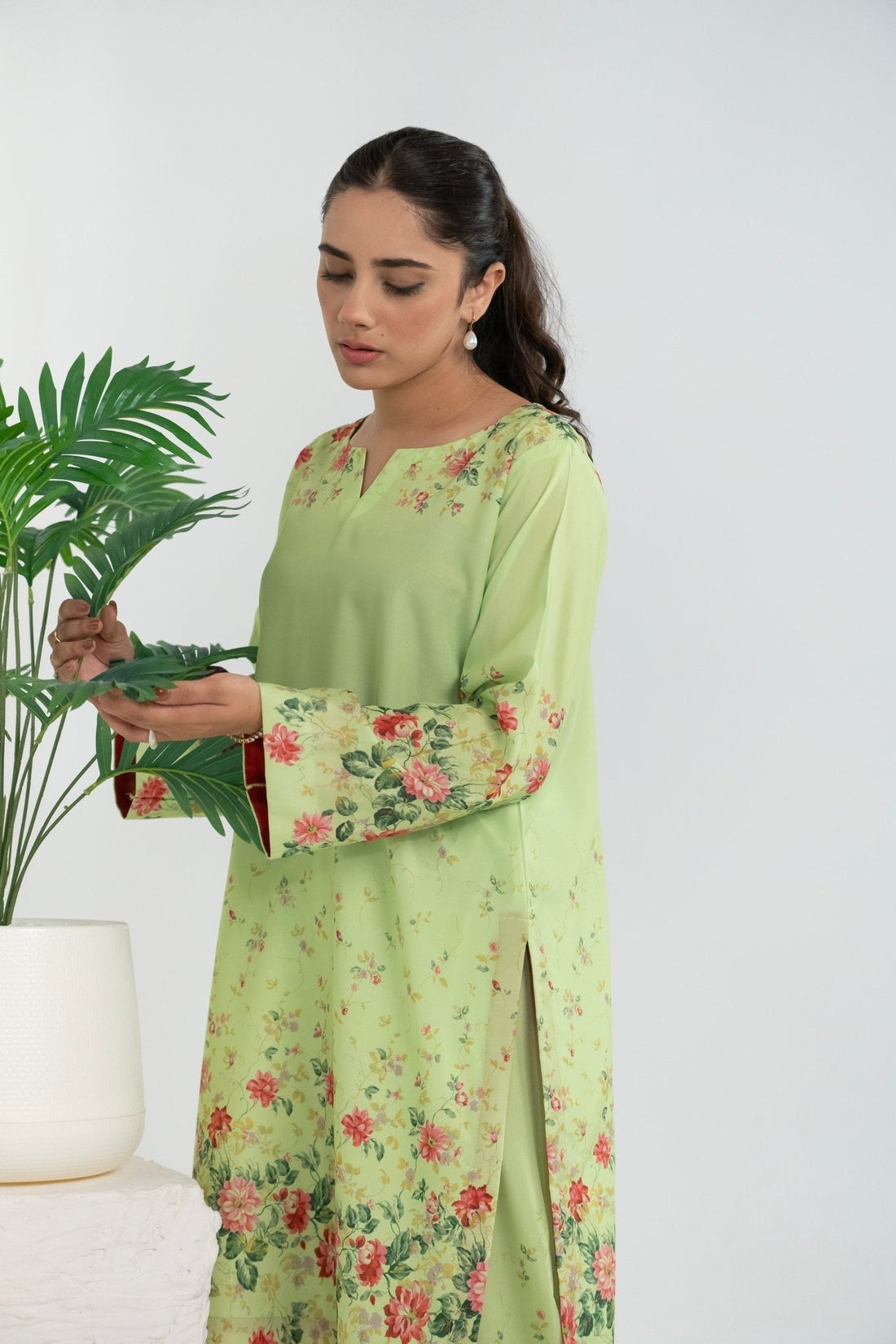Sindh, a province known for its deep-rooted culture and heritage, is celebrated worldwide for its vibrant art, music, and craftsmanship. Among the most captivating aspects of this region’s identity are the traditional dresses of Sindh, which beautifully reflect its centuries-old traditions and artistic excellence. These garments are not just pieces of fabric; they are symbols of pride, history, and cultural expression.
The Cultural Significance of Sindhi Attire
The traditional dresses of Sindh hold a special place in the hearts of its people. Whether it’s the Ajrak, Sindhi Topi, or the embroidered dresses worn by women, every outfit tells a story of heritage. Sindhi attire embodies respect, elegance, and community identity — a reflection of the land’s spirit and craftsmanship.
The designs, colors, and motifs often represent elements of nature and daily life. For generations, these clothes have been worn on festivals, weddings, and cultural gatherings, keeping the essence of Sindhi culture alive.
Ajrak: The Soul of Sindhi Tradition
When we talk about the traditional dresses of Sindh, the Ajrak immediately comes to mind. This hand-block printed fabric in deep hues of indigo, crimson, and white is more than just a shawl or garment — it’s a cultural emblem. The Ajrak is a unisex piece, worn by both men and women as a symbol of dignity and respect.
The intricate process of Ajrak printing involves natural dyes and wooden blocks, representing one of the oldest textile traditions in South Asia. Artisans spend days perfecting each design, making every piece unique.
Sindhi Women’s Traditional Wear
Sindhi women are known for their colorful and richly embroidered dresses that reflect their creative heritage. The traditional dresses of Sindh for women include beautifully hand-embroidered kameezes, mirror work, and detailed thread patterns that shine under the desert sun.
Each stitch has a meaning — a story of identity, devotion, and celebration. These dresses are often adorned with traditional jewelry and dupattas, completing the ethnic Sindhi look.
Among the most admired women’s garments are:
-
Sindhi Kurti: Decorated with mirror work and bold embroidery.
-
Gharara or Shalwar: Known for wide flares and intricate borders.
-
Ajrak Dupatta: Adding elegance and tradition to any outfit.
Sindhi Men’s Traditional Wear
The men’s traditional dresses of Sindh are equally dignified and deeply rooted in cultural values. The most common outfit is the white shalwar kameez, paired with the famous Sindhi Topi and Ajrak draped over the shoulders.
The Sindhi Topi, characterized by its circular design and mirror embellishments, stands as a proud identity symbol for Sindhi men. It represents not just tradition but honor and respect toward their roots.
The Craftsmanship Behind Sindhi Textiles
The art of making the traditional dresses of Sindh is passed down through generations. Artisans use natural dyes, hand-looms, and traditional tools to craft detailed designs that are admired worldwide. Towns like Hala, Thar, and Hyderabad are famous for their textile craftsmanship.
Women in villages often hand-embroider dresses at home, continuing an art that’s centuries old. This not only preserves culture but also supports local livelihoods.
The Evolution of Sindhi Fashion
While traditional attire remains close to the hearts of Sindhis, the designs have evolved with time. Today, designers blend traditional Sindhi embroidery and motifs with modern cuts and fabrics, creating a beautiful fusion of heritage and contemporary style.
The traditional dresses of Sindh are now seen not only in local festivals but also in fashion shows and global markets. Their universal appeal has made Sindhi textiles a proud export of Pakistan’s cultural heritage.
Symbolism and Pride in Sindhi Dress
Wearing traditional Sindhi clothing is a gesture of love toward the culture. Every Ajrak or embroidered kurta carries deep symbolism — from hospitality and warmth to creativity and pride. The combination of colors, patterns, and styles represents unity in diversity.
On Sindh Cultural Day, millions of people wear these iconic clothes to honor their ancestors and celebrate their identity. This day serves as a reminder that culture thrives when it’s worn with pride.
Preserving Sindhi Heritage Through Fashion
Modern brands and local craftsmen are working tirelessly to preserve the authenticity of the traditional dresses of Sindh. With rising global interest in handmade and sustainable fashion, Sindhi textile art is gaining recognition once again.
From village looms to online stores, these dresses continue to bridge the gap between the past and present — proving that true art never fades.
Conclusion
The traditional dresses of Sindh are more than garments — they are a living expression of art, identity, and resilience. Each design carries centuries of history and a deep connection to the land and its people. As the world embraces modern trends, Sindhi fashion remains a timeless reminder of how culture and craftsmanship can beautifully coexist.
From the intricate Ajrak prints to the finely embroidered dresses, Sindh’s traditional attire is a heritage to be celebrated and preserved — forever carrying the pride of its people and the colors of its culture.


